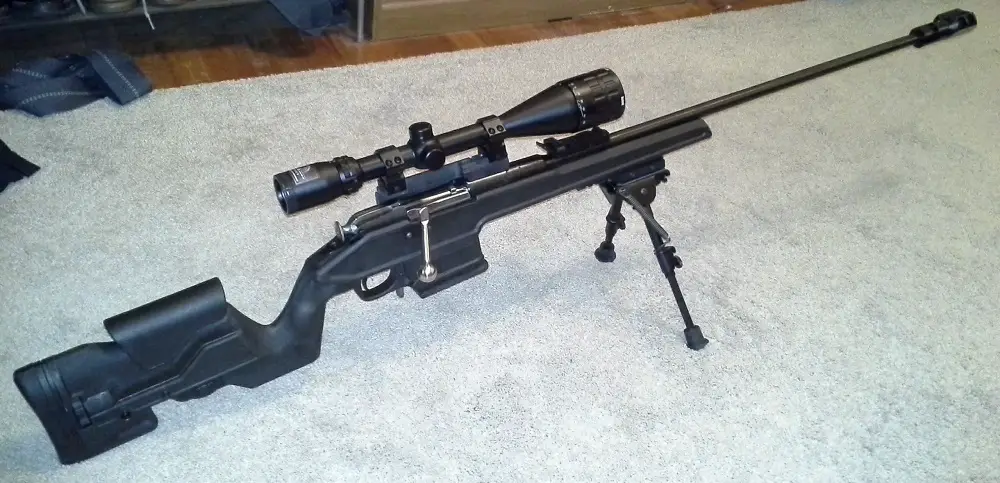Show Notes:
Deer hunting is a great place to start, they are one of the most hunted game animals in North America and for good reason. This episode is the first of a series dedicated to helping you get started or get better at hunting deer. Specifically we look at the reasons you might pursue deer hunting.
Here are four reasons why you might hunt deer:
An Iconic Game AnimalIn the United States there are few hunting pursuits more widespread and historically celebrated as deer hunting. It is an American past time, even children who do not hunt and are in non-hunting families are often intrigued by majestic white tails. They are beautiful animals and a joy to hunt.
Good Sport – Deer are challenging and rewarding quarry, they are smart, instinctive, and cautious animals, designed to outsmart predators. They can be a lot of fun to go after. And there are different levels. Taking a doe may be the easiest. Taking a buck can require more skill and strategy. Taking a mature or even a trophy level animal can be an advanced pursuit that even hunting masters do not tire of.
Culinary Delights – Deer are delicious, plain and simple. I have had venison that rivals the best filet mignon I’ve ever had. I’ve also had lousy deer meat. What you do as a hunter and a chef can greatly improve quality of the meat and the final product. If your first experience with venison isn’t great, don’t give up, it can be some of the best meat you’ve ever had.
They Are Around – Just being real, you can only hunt what lives in your hunting area. Deer cover the continent. Hunting skills you develop in your area can easily translate to deer hunts a thousand miles away. They can also translate into skills that are valuable for bigger game like elk and even moose.
As I mentioned in the show, Paul Harrell has an awesome YouTube channel with some great tips for deer hunting, hunting in general, and smart practical firearms use. Check it out here.

